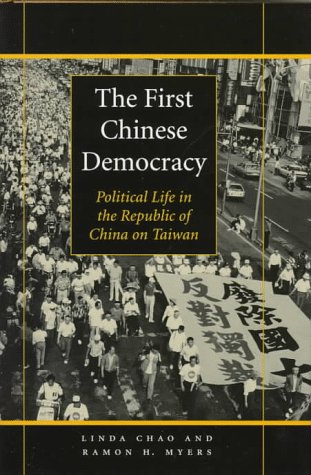The political transformation of Taiwan from authoritarian regime based on martial law into a democracy based on a constitution created in mainland China and revised to suit Taiwan's unique circumstances is one of the great political sagas of the 20th century. Defeated on the China mainland, the Kuomintang underwent reform and established a new polity on Taiwan that allowed for four patterns of political development. First, since 1950 the Kuomintang has engaged in a top-down, guided democratic process and gradually tolerated an opposition-driven, bottom-up democratization process. Second, a significant number of politicians in the Kuomintang and opposition internalized ideological-cultural adjustments that meshed with the practice of democracy. Third, local party elections, which were then institutionalized by the mid 1990s. Finally increased commitment to democracy and pressure from the opposition made it possible for a majority of politicians to restrain extremists and amend the constitution in order to practice democracy.
These four patterns of political change reflect a complex political process of behavioural and institutional change in which the key requisites for democracy - a responsible opposition, a political culture compatible with democracy, competing political parties participating in free elections, and respect for a constitution - now exist in Taiwan. As long as an extreme minority who endorse Taiwan nationalism remains committed to playing by the rules of democracy, and as long as the People's Republic of China does not try to destroy Taiwan's democracy, there is a high probability that the first Chinese democracy can survive.
- ISBN10 0801856507
- ISBN13 9780801856501
- Publish Date 22 January 1998
- Publish Status Out of Stock
- Out of Print 30 July 2003
- Publish Country US
- Imprint Johns Hopkins University Press
- Format Hardcover
- Pages 392
- Language English
